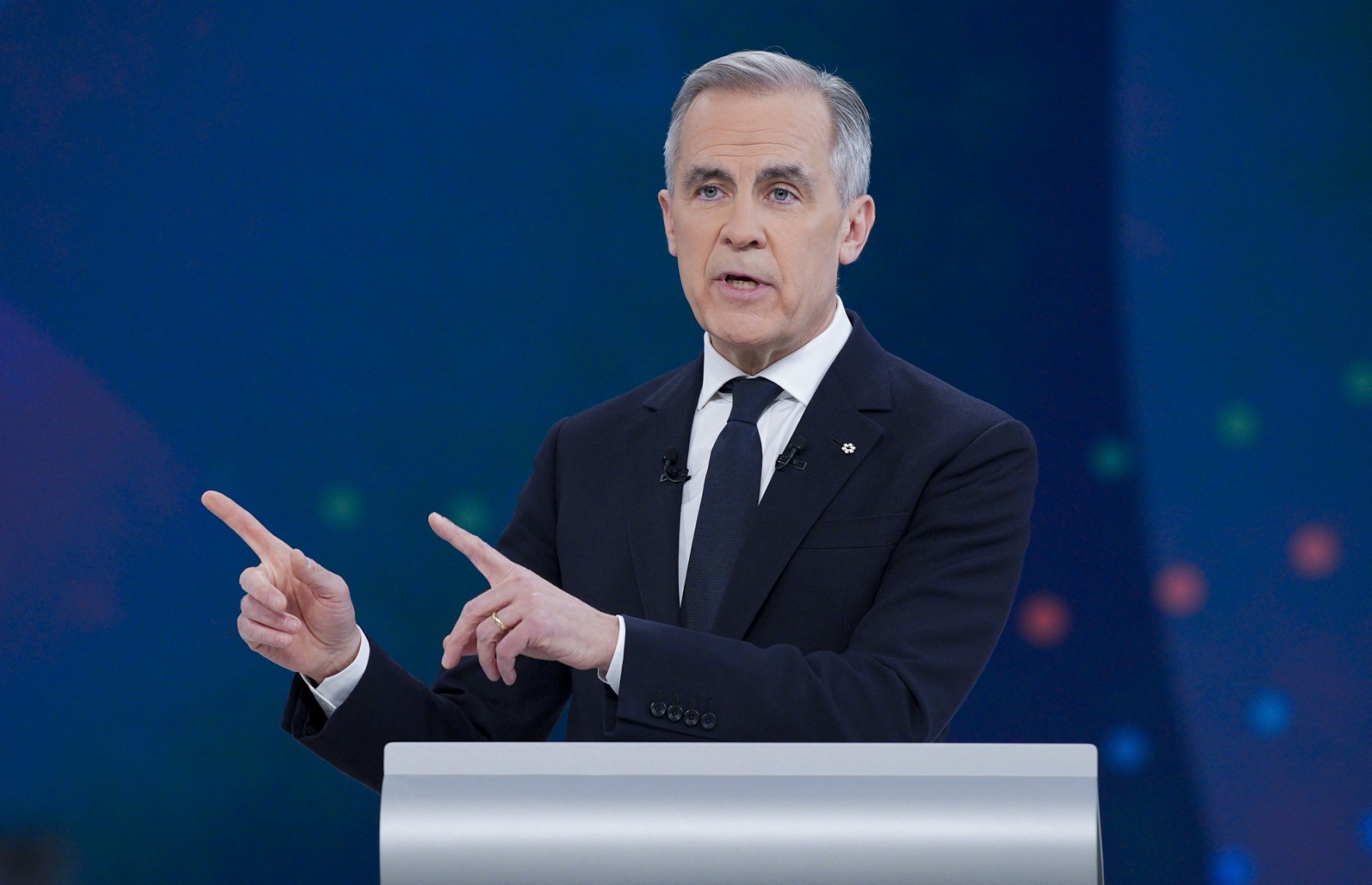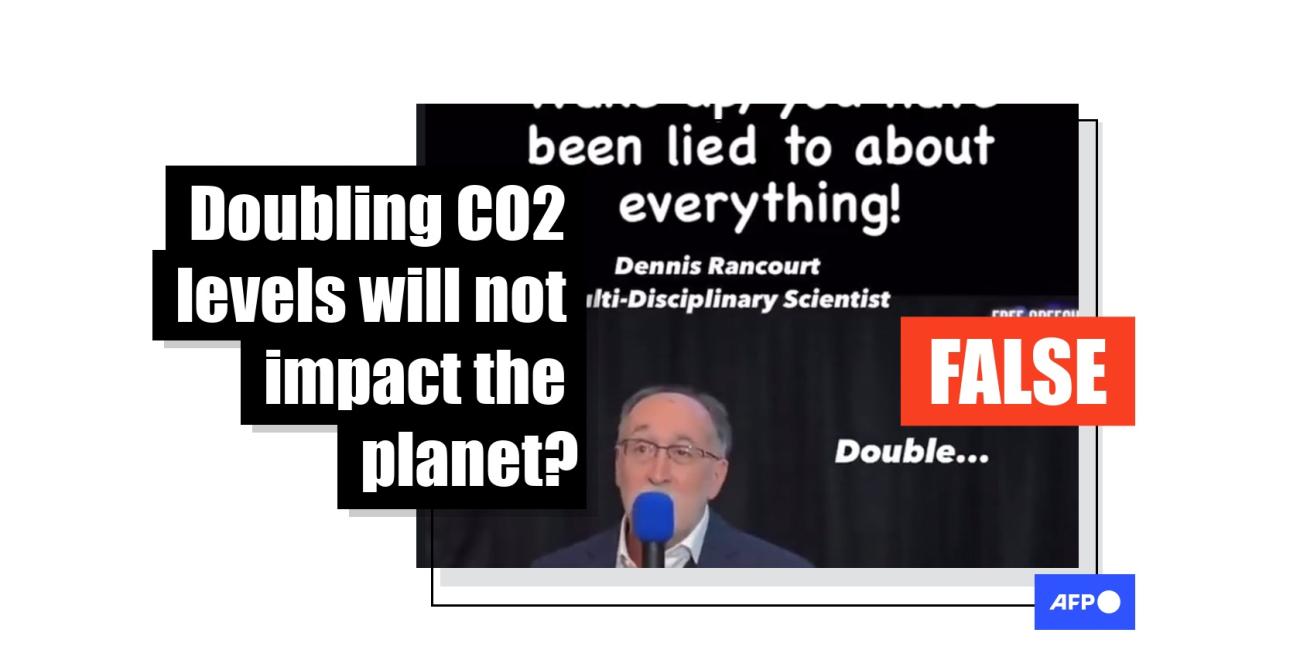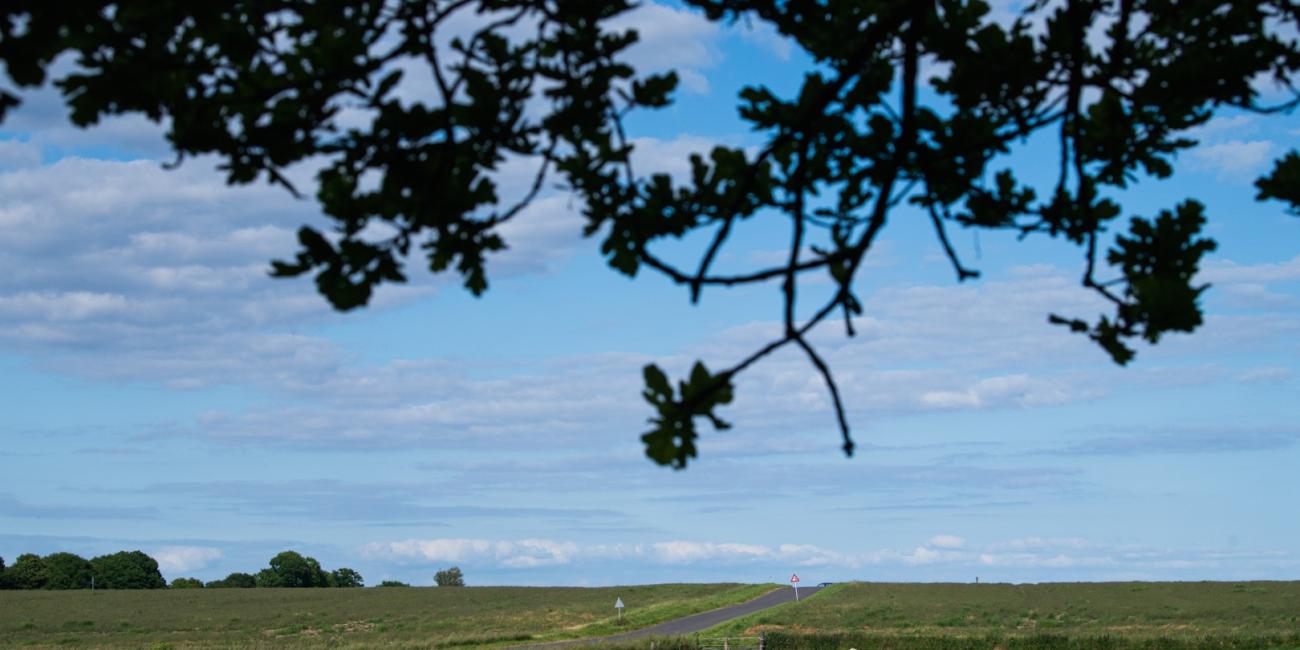
Canada's Liberals offer contradicting messages on energy, climate goals
- Published on April 22, 2025 at 20:01
- Updated on April 23, 2025 at 18:28
- 4 min read
- By Manon JACOB, AFP USA, AFP Canada
Carney's Liberals have said they aim to make the country "the world's leading energy superpower," embracing conventional as well as renewable fuels in an effort to insulate Canada's economy from the instability in global markets brought on by US President Donald Trump's tariff war (archived here).
"I'm interested in getting energy infrastructure built. That means pipelines, that means carbon capture storage, that means electricity grids," Carney said during the federal leaders debate on April 17, 2025 (archived here).
Under the Paris Agreement, Canada vowed to cut its emissions by 40-45 percent by 2030 compared to 2005's emission levels (archived here).
And experts said it still very much behind in terms of closing the gap of its climate targets (archived here).
It is a "myth that we can lower emissions and increase oil and gas production," Amy Janzwood, assistant professor of politics and climate at McGill University (archived here), told AFP on April 16.
Canadians will vote April 28 in a snap election called just days after Carney was sworn in as prime minister.
With advance polls open, AFP examined a few of the emission reduction ideas floated by Carney and the Liberal Party:
Carbon capture
During the leaders debate, Carney said: "One of the big projects we need to move forward with is carbon capture and storage -- the Pathways project -- so that we have oil and gas that is competitive not just today, but 10 years from now, 20 years from now."
Carney also touted the ideas proposed by the Pathways Alliance, a coalition of Canadian tar sands producers during an April 7 stop in Victoria, British Columbia (archived here and here).
But the emphasis on carbon capture and storage (CCS) -- a method that captures carbon emissions from industrial sources then stores them permanently -- is not realistic (archived here), with sector specialists saying it is not a current climate solution.
"Oil sands producers are looking to carbon capture and sequestration, but don't have that up and running at the scale that is needed and there's no clear commitment when that will happen," Kathryn Harrison, UBC climate and environmental politics professor (archived here), told AFP on April 15.
Environmental professor, Mark Winfield (archived here), told AFP on April 16 that CSS was "certainly not functioning" on a scale that would be required to offset the emissions from the Canadian oil sands -- which by nature are much more carbon intensive.
In 2024, Pathways Alliance scrapped (archived here) all CCS mentions from its website, due to liability concerns ahead of changes made to the Competition Act (archived here), pertaining to false advertising and greenwashing.
Canada's oil and gas sector remains the largest source of the country's greenhouse gas emissions (archived here).
In November 2024, the Liberal government under Trudeau announced the proposed emissions cap regulations for the oil and gas sector (archived here and here).
Carney has promised to keep the caps in place -- while again emphasizing his goal to see more carbon capture and storage technology.
McGill's Janzwood said: "There's been a lot of delaying and lobbying" against emission caps of the oil and gas industry, warning that the 2024 draft regulations remain "vulnerable."
She criticized the candidates for a "lack of numbers" on the offset solutions proposed.
"There's no magic wand that you can wave in order to meaningfully reduce emissions" without reducing production.
LNG electrification
Canada's Liberals have pledged funds to expand liquified natural gas (LNG) projects in their bid to reduce dependency on the United States (archived here).
One effort to make the sector more sustainable, is to look at using renewable electricity to power energy-intensive LNG terminals -- the main hubs used for managing its imports and exports (archived here).
However, UBC's Harrison said: "In practice, there isn't yet enough electricity transmission to approved LNG terminals to do that."
Climate and energy expert, Bruce Lourie said: "As a country we just haven't really gotten our head around what it's gonna take to provide enough clean electricity to allow us to electrify our economy," (archived here).
Experts also said future changes to the electricity sources for LNG facilities will only offer limited emission relief (archived here).
Deferral of the emission burden
Proposals to reduce emissions while increasing oil and gas production can only do so much when they are paired with more fossil fuel burning, but Canada is only required to tally their oil and gas emissions from production, not those due to use of the fuel it extracts and sells on.
If Canada "can reduce emissions per barrel extracted by enough, it can in theory produce more oil and still have lower emissions," UBC's Harrison said.
Both the Liberal Party and Conservative leader Pierre Poilievre plan to defer a portion of emissions by exporting more domestic fuel, putting the onus to reduce use on countries importing from Canada (archived here).

Polling shows that Canada-US relations and cost of living are top concerns in this election, in contrast with heavy emphasis on the environment during the 2021 election.
AFP has debunked other claims about the Canadian election here.
This article was updated to add an archived link in paragraph 16 and the word "draft" in paragraph 18.April 23, 2025 This article was updated to add an archived link in paragraph 16 and the word "draft" in paragraph 18.
Copyright © AFP 2017-2025. Any commercial use of this content requires a subscription. Click here to find out more.
Is there content that you would like AFP to fact-check? Get in touch.
Contact us




